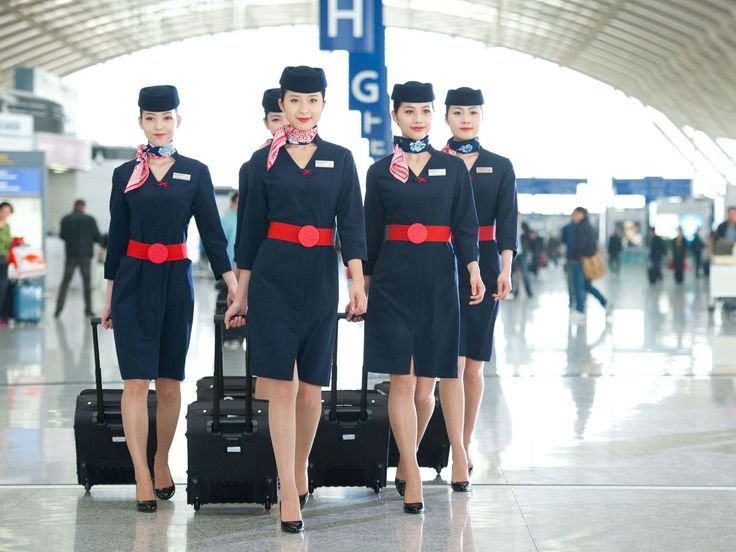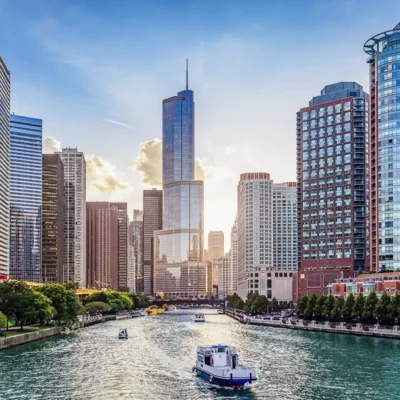Airline attendant outfits have long been a symbol of style, professionalism, and brand identity in the aviation industry. From the early days of air travel, when flight attendants wore military-inspired uniforms, to the sleek and modern designs seen today, the evolution of airline uniforms reflects broader changes in fashion, corporate branding, and workplace culture.
While the primary purpose of flight attendant uniforms is to ensure comfort and functionality during long shifts, airlines have also used outfits to project an image of elegance and service excellence. In recent years, the focus has shifted toward practicality and inclusivity, with more airlines adopting gender-neutral designs and breathable fabrics to accommodate the demands of the job.
This article explores the history, design trends, and cultural significance of airline attendant outfits and how they continue to evolve in the modern era.
The Early Days of Airline Uniforms
The concept of airline attendant uniforms dates back to the 1930s, when the first flight attendants—then called “stewardesses”—began working for commercial airlines. Early uniforms were heavily influenced by military attire, reflecting the need for order and professionalism in the new industry.
United Airlines was one of the first carriers to introduce standardized uniforms for flight attendants. In 1930, Ellen Church, the first female flight attendant, wore a green wool suit with a white blouse and a nurse’s cap. The goal was to reassure passengers and project a sense of competence and authority.
Early uniforms featured:
- Military-inspired jackets and skirts
- Button-up blouses with high collars
- Structured caps and polished shoes
- Conservative color palettes (navy blue, black, and gray)
The 1950s and 1960s: The Glamorous Era
By the 1950s, air travel had become more accessible to the public, and airlines began using uniforms to project an image of luxury and sophistication. Flight attendants were seen as symbols of glamour, and their outfits reflected this status.
During this period, uniforms included:
- Fitted dresses and skirts
- Stylish hats and gloves
- Bright colors and bold patterns
- High heels and tailored coats
Designers such as Emilio Pucci and Pierre Balmain began collaborating with airlines to create high-fashion uniforms. Pucci designed uniforms for Braniff International Airways in the 1960s, introducing vibrant colors and psychedelic patterns that reflected the spirit of the era.
Flight attendant uniforms were also used as marketing tools, with airlines promoting their attendants’ stylish looks in advertisements and promotional campaigns. The emphasis on glamour reinforced the idea that flying was an exclusive and luxurious experience.
The 1970s and 1980s: Practicality Meets Style
In the 1970s, airline uniforms shifted toward more practical and comfortable designs as air travel became more common. The rise of low-cost carriers and increased competition forced airlines to focus on efficiency and cost-cutting, which influenced uniform design.
Key changes included:
- The introduction of pantsuits for female attendants
- Looser silhouettes and more comfortable fabrics
- Simplified designs with fewer accessories
- Earth tones and muted color palettes
While the glamour of the previous decades faded, airlines still sought to maintain a sense of professionalism and brand identity through their uniforms. Polyester and other synthetic fabrics became more popular due to their durability and ease of maintenance.
The 1990s and 2000s: Brand Identity and Modernization
By the 1990s, airline uniforms had become more tailored to individual airline brands. Airlines began using color schemes, logos, and uniform designs to reinforce their corporate identity and differentiate themselves from competitors.
Design trends during this era included:
- Sleek blazers and pencil skirts
- Branded scarves and ties
- Comfortable shoes with lower heels
- Practical fabrics like wool blends and stretch materials
Airlines also began offering more flexibility in uniform choices. Female flight attendants were no longer required to wear skirts, and many airlines introduced mix-and-match options to accommodate different body types and personal preferences.
The 2010s and 2020s: Comfort, Inclusivity, and Sustainability
In the 2010s, the focus shifted toward comfort, inclusivity, and sustainability. Airlines began incorporating feedback from flight attendants to improve the functionality and wearability of their uniforms.
Major changes included:
- Gender-neutral uniform options
- Stretch fabrics for greater comfort and flexibility
- Breathable materials to help with temperature regulation
- Sneakers and flat shoes as alternatives to high heels
For example, Virgin Atlantic introduced gender-neutral uniforms in 2019, allowing flight attendants to choose between trousers, skirts, or dresses regardless of gender identity. Alaska Airlines also updated its uniform policy to accommodate tattoos, piercings, and personal expression.
Sustainability has also become a key consideration in uniform design. Airlines such as Delta and JetBlue have introduced uniforms made from recycled materials, while reducing the use of synthetic fabrics and harmful dyes.
The Role of Designers in Modern Uniforms

Luxury fashion designers have continued to play a role in shaping the look of airline uniforms. Recent collaborations include:
- Zac Posen for Delta Air Lines (2018) – Bold purple and plum uniforms with modern tailoring
- Christian Lacroix for Air France (2005) – Elegant navy and red ensembles inspired by Parisian fashion
- Vivienne Westwood for Virgin Atlantic (2014) – Classic red uniforms with a contemporary twist
These designer partnerships reflect the ongoing effort to balance style and practicality. Modern airline uniforms must meet safety requirements while still allowing flight attendants to look polished and professional.
Challenges and Controversies
Despite the progress in uniform design, some airlines have faced criticism over their policies.
- In 2019, several female flight attendants sued Alaska Airlines over its requirement that they wear high heels and makeup, arguing that it was discriminatory.
- Some flight attendants have reported discomfort and skin irritation caused by synthetic fabrics and chemical treatments used in uniforms.
- Airlines have faced backlash for failing to provide inclusive sizing and fit options, especially for plus-sized employees.
Airlines have responded to these challenges by introducing more flexible uniform guidelines and offering a wider range of sizes and styles. The goal is to create uniforms that are comfortable, functional, and reflective of the airline’s brand identity.
The Future of Airline Uniforms
The future of airline uniforms is likely to focus on technology, sustainability, and personalization.
- Smart fabrics that regulate temperature and reduce odor could improve comfort for flight attendants.
- Customizable uniforms that allow for individual expression while maintaining a consistent brand look could become more common.
- Eco-friendly materials and production processes will likely become industry standards as airlines strive to reduce their environmental impact.
Major airlines are already experimenting with new materials and designs. In 2023, Japan Airlines introduced uniforms made from recycled plastic bottles, while British Airways incorporated sustainable wool blends into its new uniform line.
Conclusion
The evolution of airline attendant outfits reflects broader social, cultural, and economic changes. From the glamorous designs of the 1960s to the practical and inclusive uniforms of today, flight attendant outfits have remained a symbol of professionalism and brand identity.
As airlines continue to adapt to changing consumer expectations and industry trends, the future of flight attendant uniforms will likely balance comfort, style, and sustainability. The next generation of uniforms will aim to reflect not only the airline’s image but also the values of a more diverse and environmentally conscious workforce
Payton Talbott vs Yanis Ghemmouri: Clash of Rising UFC Stars





